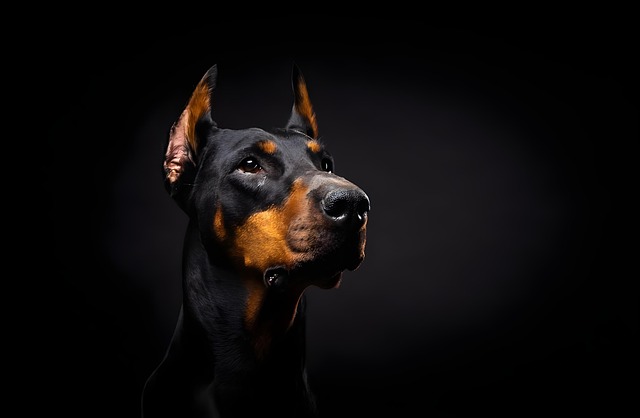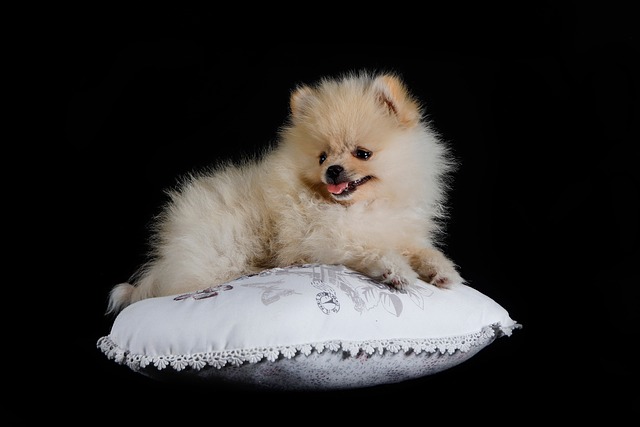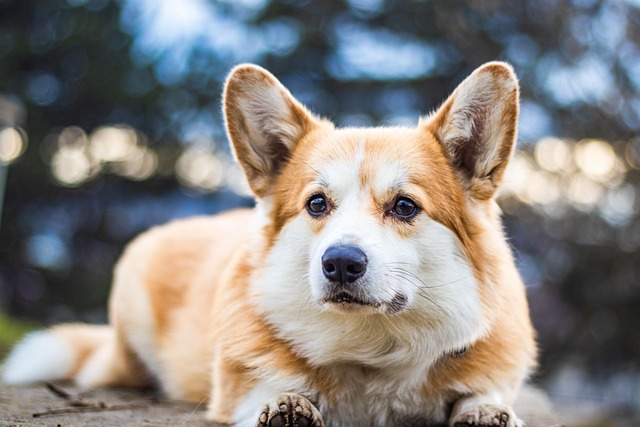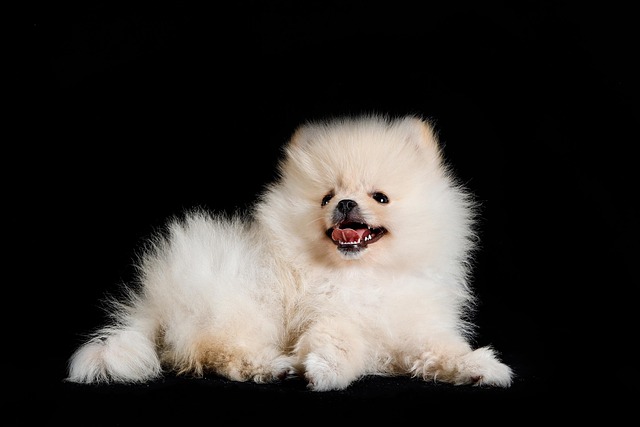
How to test for tetanus in dogs?
Tetanus in dogs often starts with subtle signs most owners miss—like a stiff jaw when grabbing a favorite chew toy or hesitation to climb stairs they once bounded up.
I was brushing my neighbor’s Golden Retriever, Cooper, in their Colorado backyard last April when he suddenly stopped mid-wag, lifting a paw to scratch his shoulder raw. “He’s been shedding like crazy this month, and now he won’t stop itching,” she said, pulling a tuft of fur from his coat. “Is this normal? Do dogs get more itchy when they shed?” If your dog’s scratching has ramped up alongside tumbleweeds of fur around your home, you’re probably wondering the same. The short answer: Yes, shedding can bring mild itchiness, but there’s a difference between “normal scratch” and “something’s wrong.” Let’s break down why shedding triggers itch, what’s normal, and how to keep your pup comfortable.
Shedding is your dog’s body swapping out old fur for new, a natural process tied to seasons (more light in spring = shed winter coats; less light in fall = grow thicker ones). As old fur loosens, it can irritate the skin like a loose thread rubbing your arm—mild, occasional scratching helps dislodge these stragglers. But there’s more: seasonal shedding often overlaps with dry air (winter turning to spring, or AC kicking on in summer), which dries out skin, making it itchier. A vet in Denver explains it like this: “Imagine wearing a wool sweater that’s starting to pill—taking it off feels relief, but the loose threads might tickle first. That’s what Cooper’s feeling: old fur tickling, new skin adjusting, and maybe a little dryness adding to it.” Breeds with double coats (Huskies, Goldens) shed heavier and may itch more, but even short-haired dogs like Labs can scratch more during peak shedding.
Normal shedding itch is occasional—a paw to the shoulder, a quick rub against the couch—never constant or aggressive. Excessive itching (chewing paws raw, red skin, bald patches) means something else is at play: allergies (pollen, dust mites), fleas (their saliva irritates skin), or dry skin from over-bathing. Cooper’s itchiness? A mix of loose fur and spring pollen—his vet suggested switching to a hypoallergenic shampoo and brushing more to remove irritants. To ease normal shedding itch, brush daily with a de-shedding tool (rubber brushes work for short coats, undercoat rakes for doubles) to pull loose fur before it irritates. Add a fish oil supplement to their food—omega-3s soothe dry skin, making shedding less itchy. My cousin’s Lab, Lucy, stopped scratching after two weeks of brushing and fish oil—her coat looked shinier, too.

In apartments, daily brushing cuts down on fur tumbleweeds (saving your vacuum!) and keeps neighbors happy—no one wants dog hair on shared couches. Make brushing a positive ritual: reward with a treat after each session, turning “chore” into bonding time (never scold if they squirm—patience beats frustration). When walking, keep an eye out for excessive scratching in grassy areas—pollen or fleas might be the culprit, not just shedding. Always carry poop bags (Denver fines $125+ for forgetting) and keep their rabies vaccine current; a comfortable, itch-free dog is a happier community member, and vets note that well-groomed dogs have fewer skin issues.
Cooper now leans into his daily brush, tail thumping, and his scratching has dropped to a rare paw flick. That’s the sweet spot: understanding that a little itch comes with shedding, but with the right care, it stays mild and manageable. Your pup doesn’t have to suffer through shed season—with brushes, omega-3s, and patience, you can keep their skin happy while that old coat falls away.

Tetanus in dogs often starts with subtle signs most owners miss—like a stiff jaw when grabbing a favorite chew toy or hesitation to climb stairs they once bounded up.

If you’re a new dog parent in the US—maybe you’re standing in your Ohio apartment’s pet store aisle, holding a bag labeled “senior dog food” while your 8-year-old Dachshund

If you’re a new dog parent to a senior pup in the US—maybe you’re standing in your Florida apartment’s pet food aisle

Pet owners often worry about hidden health risks for their dogs, and toxoplasmosis is one that flies under the radar for many—understanding how dogs pick it up is key to keeping them safe.

If you’re a new dog parent in the US—maybe you’re standing in your Chicago apartment, staring at your 7-month-old Poodle mix, Bella

Tetanus in dogs comes from bacteria entering open wounds—think a deep cut from a rusty fence nail during a walk, or a scraped paw from digging in contaminated soil.